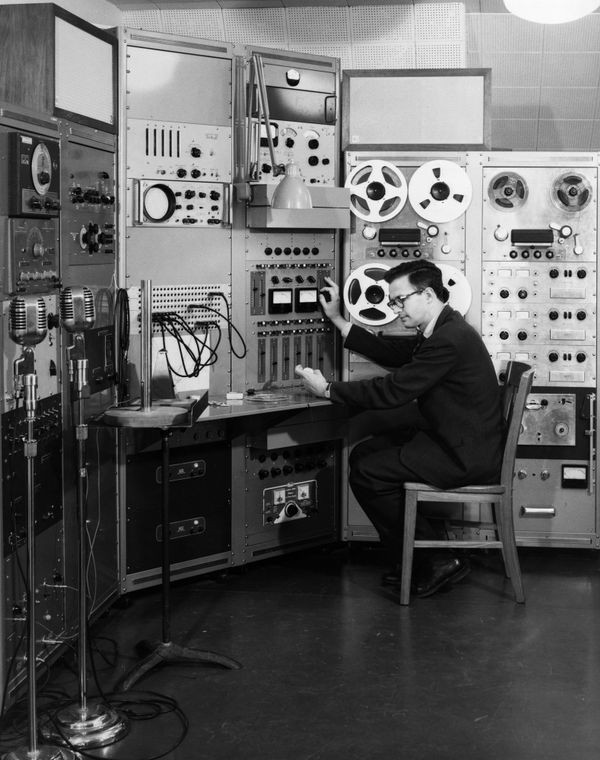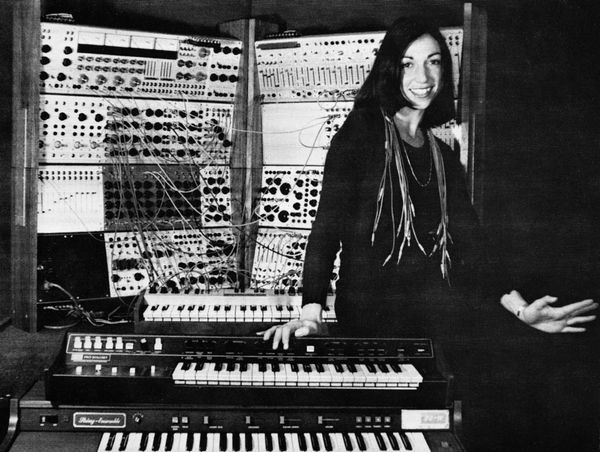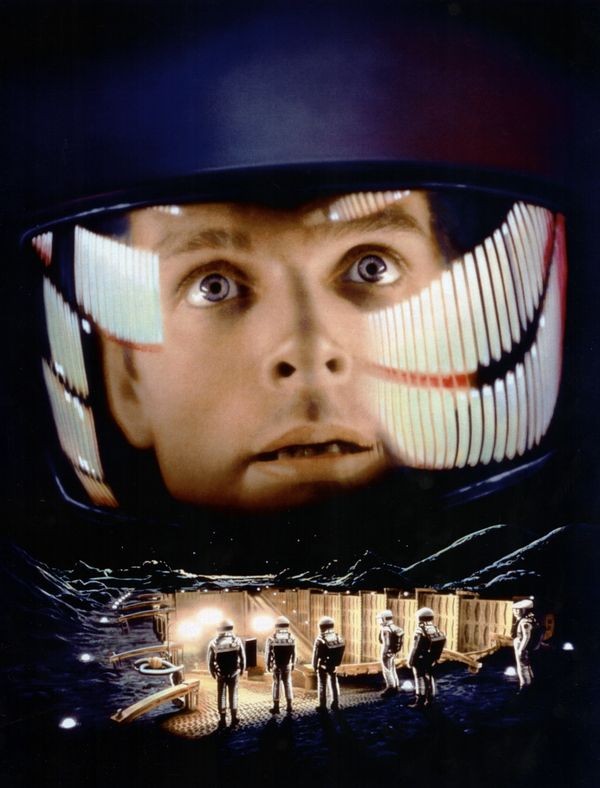Making Music with Computers
Lejaren Hiller at the University of Illinois
Chemistry professor Hiller founded the Experimental Music Studio at the University of Illinois in 1958. He and mathematician Leonard Isaacson developed the algorithms that the Illiac I computer used to compose the Illiac Suite for String Quartet.
Making Music with Computers
The “Colonel Bogey March” wasn’t new in 1951. But hearing it from a computer was. The performance by Australia’s first computer, CSIRAC, was among the earliest, tentative tootles of a new musical age.
Throughout the 1950s, researchers explored ways to create and perform music using computers. Techniques gradually improved; electronic sounds grew more familiar. By the 1980s, many top pop groups relied on electronic instruments.
Keyboardist Alan Wilder of Depeche Mode
Synthpop — pop music in which the principal instrument is an electronic synthesizer — came to prominence in the early 1980s as synthesizers and drum machines became affordable. English synthpop band Depeche Mode began their 30+ years of performing in 1980.
View Artifact DetailSuzanne Ciani with the Buchla Modular Synthesizer
Composer Suzanne Ciani met analog synthesizer designer Don Buchla in the late 1960s and worked with him for nearly a decade. She would later become a popular New Age musician known for utilizing both traditional and electronic instruments.
View Artifact Detail“Daisy Bell”
Computers learned to sing in 1961. John Kelly programmed the voice, and Max Mathews the accompaniment, for a performance of Daisy Bell (“Bicycle Built for Two”).
Science fiction author Arthur C. Clarke heard a demonstration at the lab, inspiring the performance by the HAL 9000 computer in the book and film 2001: A Space Odyssey.
Poster from "2001: A Space Odyssey" (1969)
Stanley Kubrick’s adaptation of Arthur C. Clarke’s novel The Sentinel featured the computer HAL singing the song "A Bicycle Built for Two" as its circuits were shut down by astronaut Dave Bowman.
View Artifact Detail


